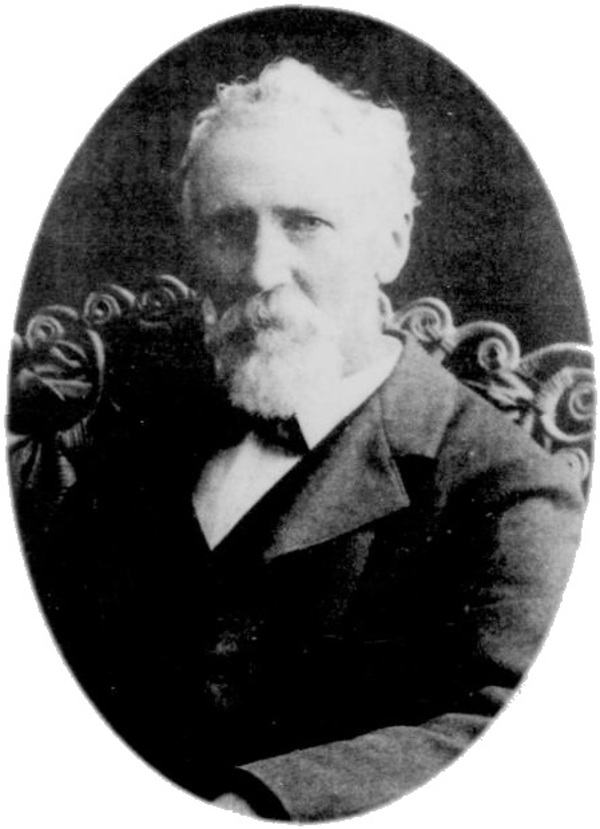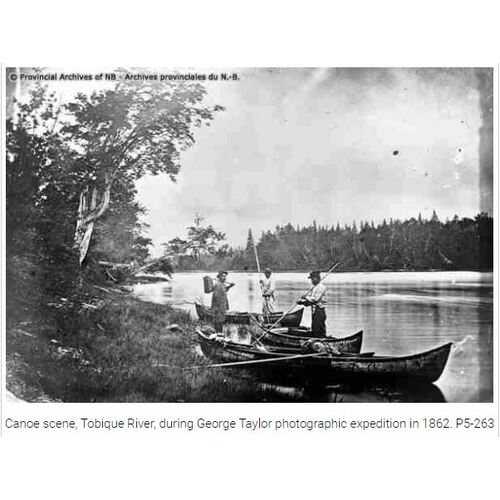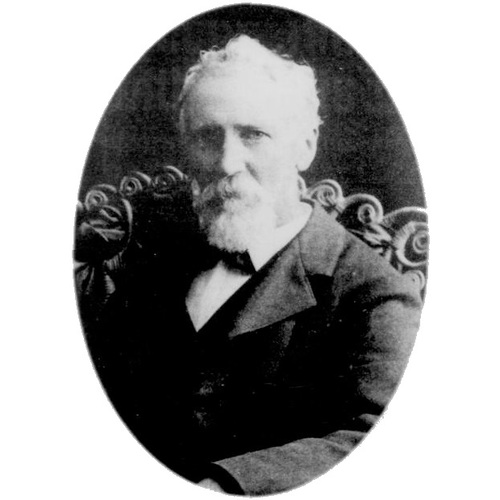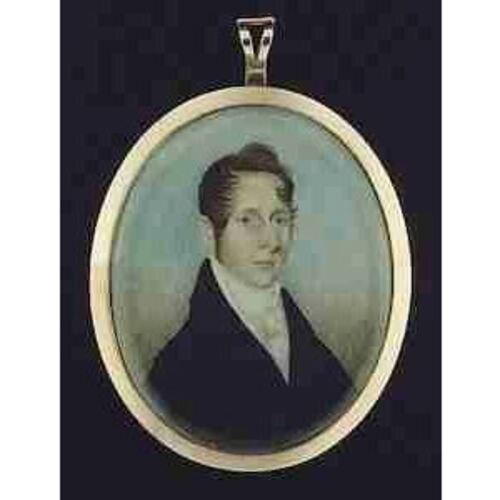
Source: Link
TAYLOR, GEORGE THOMAS, photographer and painter; b. 6 Sept. 1838 in Fredericton, son of William Pentlow (Pentlowe) Taylor, a carpenter, and Frances Anne Morrison; m. there first 14 Nov. 1860 Sarah I. George (d. 30 Jan. 1866); m. secondly 22 Oct. 1868 Mary Avery in Boiestown, N.B., and they had four daughters and two sons; d. 5 April 1913 in Fredericton.
New Brunswick’s pre-eminent 19th-century photographer, George T. Taylor showed keen interest in things scientific, apparently from the time of his youth. This, in combination with his artistic proclivities, was to ensure a significant achievement in his chosen profession. He received his first training in the 1850s in the Fredericton studio of David Lawrence, an itinerant daguerreotypist. Family tradition also relates that he acquired some artistic training from a Mrs Cooksley, the wife of an officer in the 22nd Foot who was garrisoned in Fredericton in the late 1860s. He realized his first photographic success while using the collodion or wet-plate process which he had learned during his apprenticeship. He was to switch to the less technically demanding gelatine dry plates when they became commercially available in the 1880s. With the assistance of his carpenter father, Taylor built his early equipment, and he would continue to use home-made cameras throughout his career.
Taylor’s talents were recognized early. In 1863 he was commissioned by Arthur Hamilton Gordon, New Brunswick’s last colonial lieutenant governor, to document various provincial locations. Taylor’s reputation was established by Gordon’s open letter of introduction which afforded him, as well as the relatively new photographic process, some measure of credibility. Throughout his career, Taylor maintained a close relationship with the Maliseet of the Saint John River valley, such as Gabriel Acquin*, and made use of their skills and detailed knowledge of the region to gain access to the difficult terrain. He was, however, plagued by the financial problems that faced most 19th-century photographers. At the time of the 1871 census (where he is listed as a Universalist in religion) he, his wife, and two young daughters were living with his widowed father in the family homestead. More than once in the difficult years of the early 1870s, Taylor advertised the sale of his negatives. Some were purchased and images sold under other publishers’ names. His work became more widely known through the use of his images in the Canadian Illustrated News (Montreal) during the same period. Studio portraiture does not appear to have played a major role in his career, for it constitutes a small percentage of his extant work. An excursion in 1906 to the head of the Tobique River is generally considered his final photographic undertaking.
Near the close of the century Taylor began to concentrate his efforts on the production of paintings. These works, which usually commemorate activities associated with 19th-century New Brunswick woodlands, are characterized by the attention paid to detail, the disregard for linear or aerial perspective, and an anatomical awkwardness in the figures. Although Taylor himself probably regarded painting as a higher form of art, it is his photography that affirms his artistic capabilities. His keen sense of composition and technical proficiency combined to document his subjects with clarity, sensitivity, and thoroughness. Whether focused on landscape, architecture, or the intimate moments of a family picnic, the precision of his vision and the finesse of his abilities united to create a masterful insight into the character of late-19th-century New Brunswick.
The major collection of George Thomas Taylor’s work is the Taylor coll. in PANB, Photograph sect., P5. The N.B. Museum houses a very good selection of his original photographic prints. The most comprehensive collection of his paintings is in the Beaverbrook Art Gallery, Fredericton.
NA, RG 31, C1, 1851, 1861, 1871, 1881, 1891, York County, N.B. (mfm. at N.B. Museum). N.B. Museum, Vert. file, G. T. Taylor; Dept. of Fine and Decorative Arts, Artists files. PANB, RS160, L4, C: 325; D: 191. Bill Broad, “The story of an early Fredericton photographer,” Daily Gleaner (Fredericton), 14 Nov. 1961. J. R. Harper, Early painters and engravers in Canada (Toronto, 1970). PANB, George Thomas Taylor, 1838–1913 (exhibition catalogue, Fredericton, 1968). F. H. Phillips, “Glass-plate prophet,” Field and Stream (New York), 60 (1955–56), no.7: 114–15; “Wet plate wonder,” Canadian Geog. Journal (Ottawa), 52 (January–June 1956): 166–77. Vital statistics from N.B. newspapers (Johnson), vols.18–19, 24, 26.
Cite This Article
Peter J. Larocque, “TAYLOR, GEORGE THOMAS,” in Dictionary of Canadian Biography, vol. 14, University of Toronto/Université Laval, 2003–, accessed December 29, 2025, https://www.biographi.ca/en/bio/taylor_george_thomas_14E.html.
The citation above shows the format for footnotes and endnotes according to the Chicago manual of style (16th edition). Information to be used in other citation formats:
| Permalink: | https://www.biographi.ca/en/bio/taylor_george_thomas_14E.html |
| Author of Article: | Peter J. Larocque |
| Title of Article: | TAYLOR, GEORGE THOMAS |
| Publication Name: | Dictionary of Canadian Biography, vol. 14 |
| Publisher: | University of Toronto/Université Laval |
| Year of publication: | 1998 |
| Year of revision: | 1998 |
| Access Date: | December 29, 2025 |





